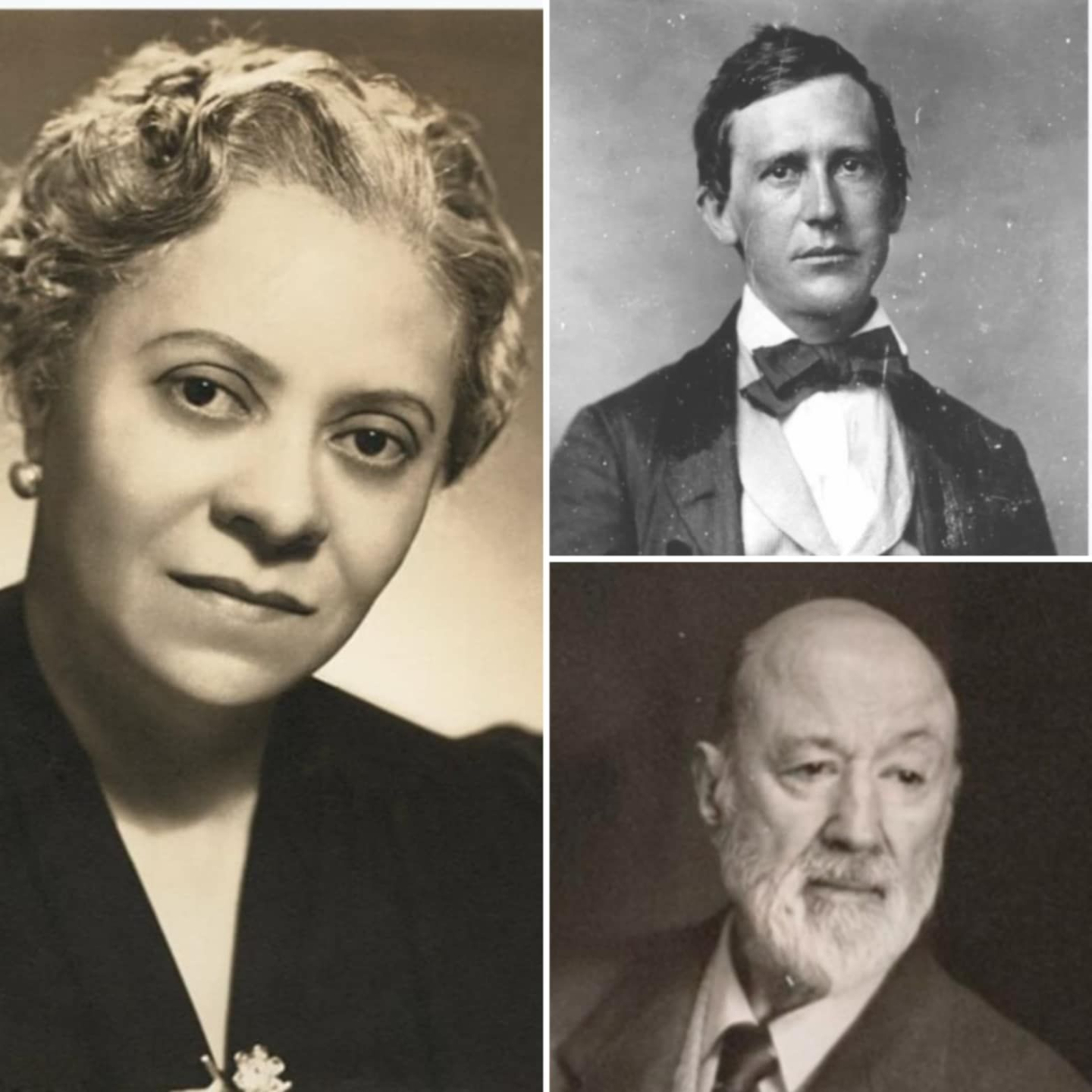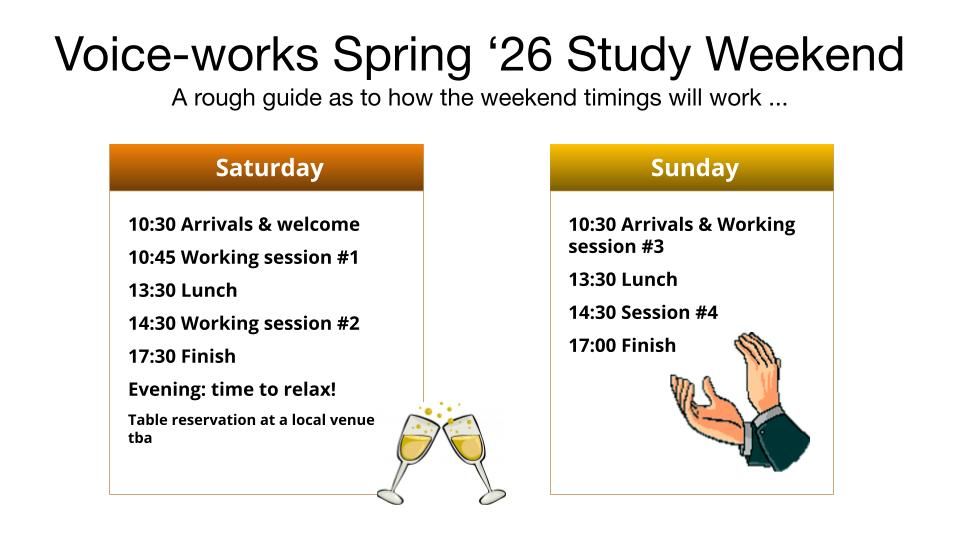Here are the eight composers we’ll be focusing on across the weekend. They span more than a century of American musical life, and each one offers something distinctive — in style, in language, and in what their songs ask of the singer.
Amy Beach
A prodigious talent and the first American woman to gain serious recognition as a composer of large-scale classical works. Her songs are elegant, expressive, and firmly rooted in the European Romantic tradition — but with a freshness that’s all her own.
George Gershwin
Bridging the worlds of classical, jazz, and popular music, Gershwin brought rhythmic vitality and natural lyricism into the classical sphere. His songs sparkle with character and often invite the singer to play with style and phrasing.
Kurt Weill
A German-born composer who made America his home, Weill brought a sharp theatrical instinct to his American songs. There’s grit, drama, and political edge here — as well as opportunities for real vocal clarity and text work.
Aaron Copland
Often called the voice of American classical music, Copland captured a sense of openness and spaciousness in his writing. His songs are direct, earthy, and sometimes deceptively simple — with plenty of room for nuance.
Samuel Barber
Barber’s songs are a gift to singers: richly lyrical, beautifully set, and emotionally resonant. He brought a refined sense of vocal line to American music, always attentive to the natural rhythm and shape of the text.
Leonard Bernstein
A true polymath. Conductor, composer, pianist, and educator, Bernstein’s songs are vibrant, witty, and full of personality. He drew freely from jazz, theatre, and classical sources, demanding both agility and presence from the singer.
Carlisle Floyd
Best known for his operas, Floyd’s vocal music is steeped in Southern storytelling. His songs have dramatic weight and emotional bite, with a clear connection to language and character.
Ned Rorem
One of the most prolific American song composers, Rorem wrote with charm, intelligence, and a deep understanding of the voice. His work often feels personal — reflective, thoughtful, and grounded in poetic text.
What you'll be preparing
You’re invited to bring up to four songs, each by a different composer from the main lineup. Think about contrast when you’re choosing: this is your chance to explore a range of styles, moods, and vocal demands — not all slow, not all jazzy, not all minor key. The idea is to stretch your repertoire thinking and to build something you can carry forward beyond the study weekend.
And - you'll need to claim your songs!






